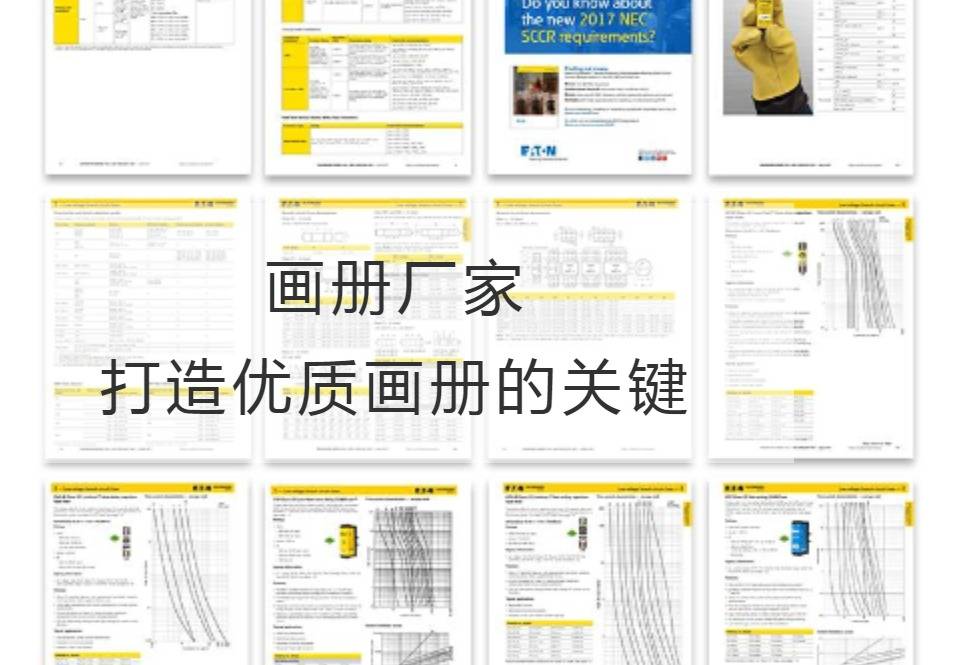Album manufacturer: The key to creating a quality album
As a kind of artistic and practical printed matter, the album plays an important role in cultural dissemination and commercial promotion. However, if you want to create a high-quality album, you can't do without the professional capabilities and technical support of the album manufacturers. Next, let's discuss the key factors that make a high-quality album.
First of all, a good album manufacturer needs to have excellent design ability. Design is the soul of the album, good design can make the album more attractive and spreading. The design of the album needs to combine the characteristics of the product or enterprise to plan, select the appropriate color, font and typesetting way, so that the visual effect of the whole album reaches the best state. At the same time, designers also need to have a keen sense of aesthetics and the ability to grasp trends to ensure that the work is not only contemporary, but also trend-setting.

Second, quality albums need to choose the right printing materials and processes. Album manufacturers should have a deep understanding of different types of paper and printing techniques and be good at using them, so that albums are bright, wear-resistant and durable. For example, to pay attention to environmental protection enterprises, can choose to use environmental protection matt paper and water-based ink for printing, to express the concern of the enterprise to environmental protection, enhance the brand image.
In addition, making quality albums requires attention to detail and the perfect presentation of craftsmanship. Album manufacturers should pay attention to the control of each link, from design, printing to binding and other links to improve. For example, in a binding process of the picture album, a professional binding manner and a device are used to ensure flatness and opening and closing of the picture album, so that a reader can comfortably flip through the picture album, thereby improving user experience.
Finally, an excellent album manufacturers need to have good pre-sales and after-sales service. In the pre-sales stage, the album manufacturer should cooperate closely with the customer to understand the customer's requirements and provide professional suggestions and solutions. In the after-sales phase, the album manufacturer should respond to customer feedback in time, solve problems, and optimize and upgrade.
To sum up, the key to creating quality albums is excellent design ability, suitable printing materials and processes, perfect presentation of details and processes, and good pre-sales and after-sales service. Only in this way can a satisfactory and infectious album work be produced.
As the ancients said: "Be humble and change with each passing day. "To stand out in the fierce market competition,Album manufacturerWe need to keep the pursuit of innovation, constantly learn and update technologies, take quality as the foundation, and constantly improve our strength and competitiveness. Only in this way, can we better provide customers with high-quality picture album products, become the best in the industry.
Recommended Reading:



